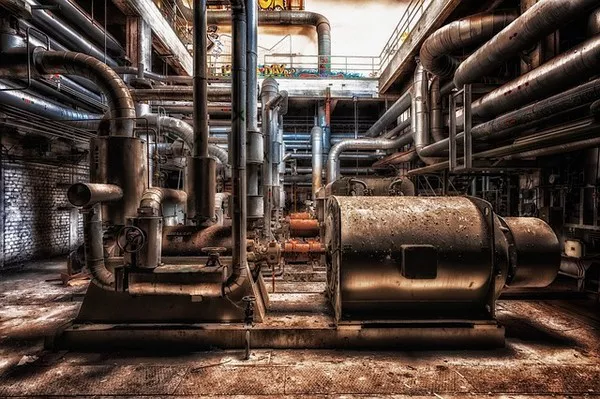In the ongoing evolution of industrial cooling systems, a North Carolina chemical plant has made a significant leap by replacing its aging wooden crossflow cooling towers with advanced high-density polyethylene (HDPE) models. This shift promises substantial reductions in maintenance costs and improvements in operational efficiency.
For years, the plant grappled with escalating expenses related to refurbishing and maintaining its traditional cooling towers. Faced with these mounting costs, the facility decided to modernize by adopting HDPE cooling towers, which offer a smaller footprint and greater efficiency with less maintenance.
Varun Ganesh, a sales engineer with Tencarva Machinery, explained the situation: “The company was spending tens of thousands annually on maintenance for the old towers. The costs became prohibitive, prompting the need for a more cost-effective solution.”
Adapting to Harsh Conditions
The old towers, which were losing efficiency and facing corrosion issues, needed replacement. The plant’s chemical processes posed a risk of deteriorating metal components, making the choice between stainless steel and engineered plastic critical.
Ganesh noted, “Given the chemical environment, metal towers were prone to rust. The plant needed a solution that could withstand chemical exposure and harsh operating conditions.” The decision ultimately favored HDPE cooling towers due to their corrosion resistance and lower water treatment chemical requirements.
In a typical closed-loop cooling system, water circulates from a source, such as a pond, around reactor vessels requiring cooling. The water then passes through cooling towers where it is cooled by 10–15 degrees Fahrenheit before being recycled. HDPE towers offer an effective solution for these demanding conditions, minimizing the need for frequent repairs.
Transition to Engineered Plastic
The plant opted for four TM series cooling towers from Delta Cooling, which collectively provide a cooling capacity of 1,580 tons and handle approximately 6,000 gallons of water per minute. Delta Cooling, a pioneer in HDPE cooling tower technology since the 1970s, offers a 20-year warranty, a significant advantage over stainless steel and galvanized metal models.
Ganesh highlighted the benefits: “The 20-year warranty provided by Delta Cooling alleviates concerns about long-term durability. This extended warranty is significantly longer than that of stainless steel or galvanized models.”
The new HDPE towers are also more energy-efficient. Unlike the older crossflow towers, which used large 30-horsepower fans, the new units feature smaller 60-inch fans that operate at reduced horsepower, resulting in lower energy consumption. Additionally, Delta Cooling’s fans are equipped with variable frequency drives (VFDs), allowing for adjustable fan speeds and further energy savings.
Enhanced Efficiency and Future Prospects
The transition to HDPE cooling towers has proven highly efficient. Initially, the facility required all four of the old metal cooling towers during peak summer months. However, the new HDPE towers have reduced this need to three units, with an additional unit available for future capacity expansion if needed.
“The modular design of the new towers, arriving pre-assembled in two pieces, allowed for installation within a smaller footprint, fitting two new towers in the space of one old wooden tower,” Ganesh explained. The result is a significant reduction in energy use and operational costs.
According to the plant maintenance supervisor, the investment in HDPE cooling towers is already yielding returns. “Plant management reports improved cooling performance and significant cost savings, enhancing overall efficiency at the facility,” Ganesh concluded.

